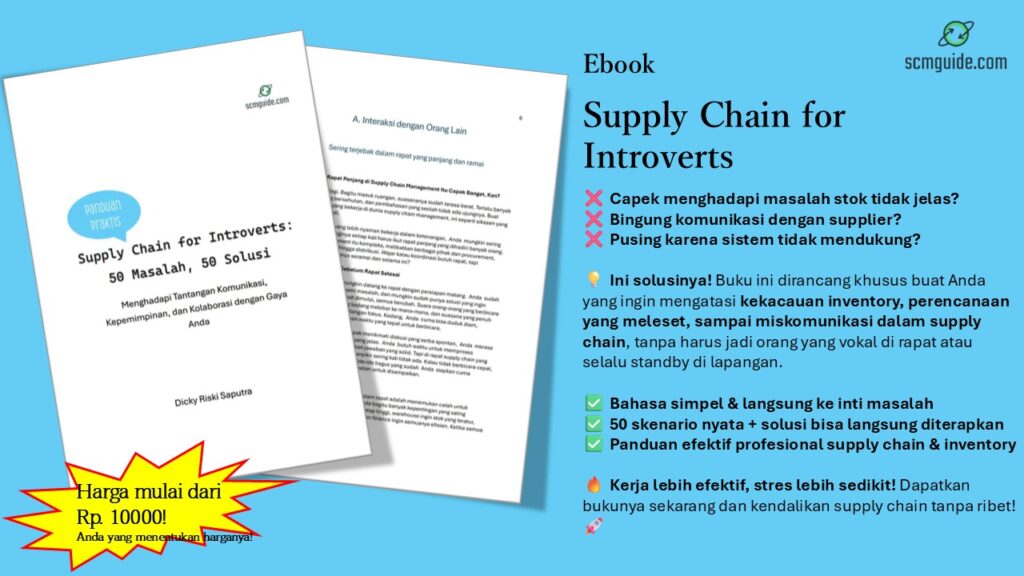Company B is trying hard to make more money than it did last year. Companies want to make money. And there are only two ways to make money: by selling more or by cutting costs. Including costs from the supply chain.
In this post, we’ll talk about that.
All parts of the supply chain work together. You have to know where to put your attention. It’s possible that if the cost of one thing goes down, the cost of something else will go up.
A simple example would be that you buy a lot of goods. Prices are lower, but it costs more to store things because there are more of them to keep track of.
Make sure that your cost-cutting isn’t just in one area, but helps the whole supply chain.
Before we go any further, make sure you join the scmguide telegram channel for more tips on supply chain management.
Table of Contents
10 ways of reducing costs in the supply chain
Make the most of the space
Costs will go down if you use the space as much as possible.
It costs money to store things. To rent or build a building, pay salaries to employees, pay WMS fees, etc.
How big of a warehouse do you need?
The answer is: as big as you need it to be. Not more, not less.
Depending on what you keep in stock. Plus, safety stock. But not to keep deadstock.
It’s a waste of space to use it to store old items.
Make sure that the only things in your warehouse are the ones you need. Throw away the things you don’t need.
Automation
Ask yourself if your warehouse needs automation.
What do you want to do?

It’s not a good idea to just follow the crowd. If you really need it, apply.
If you want to cut costs, use automation.
With automation, you can get goods to the production line on time, improve the accuracy of picking, and cut down on human mistakes.
Check how things are going right now. Check which ones you can do automatically.
You might also like:
- What is Sales and Operation Planning (S&OP) and What Happens If You Don’t Do It?
- How to Reduce Your Company’s Inventory Effectively in 8 Ways
Keep the procurement process simple
Make your procurement process efficient.
Use software to help you buy things.
It can cut down on order mistakes caused by bad math.
And before you release the PO, make sure there is still an approval process in the system. That’s a big deal.
Recognize customer needs
Learn how customers’ needs tend to change. What do you have to offer them?
Sometimes, what a customer wants can change. Find out what they want and change your business to give it to them.
Well pack the product
It’s important to package things well. So be sure to do it correctly.
It will keep damage to a minimum while being shipped.
Make sure the people who are in charge of packaging do a good job.
Look at how the different parts of the supply chain work together
Look at every part of your supply chain and evaluate it.
You will know which areas need to be improved and if there are ways to cut costs.
Bring your team in. What can you do with your group?
What waste can you get rid of?
What could you do better?
How can you make it work better?
Apply Just-In-Time Inventory Management
If JIT (Just in Time) works for your business, use it. Only put things in your warehouse that you need.
Storage costs can be cut, and the chance of having too much inventory can also be cut.
Outsourcing
The next choice is outsourcing.
Look for a trustworthy outsourcing service provider who can do good work for the money you pay them.
You can save money if you choose the right way to outsource.
You might also like:
- How to Get the Most Out of Your ERP System: 8 Smart Ways
- 8 Good Ways to Bring Down the Cost of Running a Warehouse
Keep checking how well you’re doing
If you want to get better, you should keep track of how you do.
If you don’t measure how well your plan is working, it’s useless.
You won’t be able to tell how much you’ll save.
Make sure you have the right KPIs and continue to track them.
Manage your organization
Make sure that all of the functions work well, since they all affect each other.
Check to see if you can get them to do even better.
Conclusion
It is possible to cut costs in the supply chain.
You can choose one of the ten ways above.
Small steps can sometimes lead to big results.
Your job is to know how the organization is doing right now and make the necessary changes.
And that you should get going right away.
“If you think this article is helpful, share this post and join the scmguide telegram channel to get more useful articles from this blog. You are free to use any of the articles on this blog, even for commercial purpose”.

 by
by 


